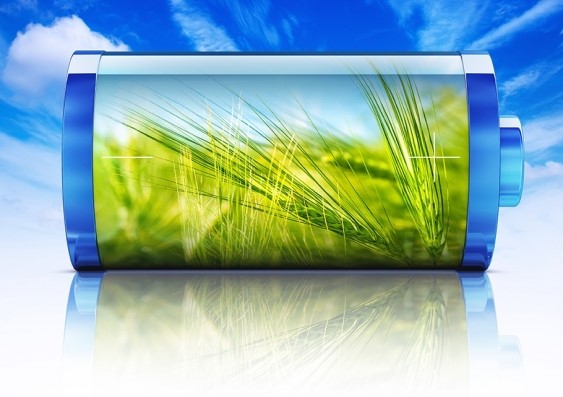

UNSW Sydney’s Dr Dong Jun Kim and his team of researchers found that aluminium-ion batteries could offer improved renewable energy storage and have much more potential in the field of renewable energy storage.
Dr Dong Jun Kim has completed a study at Northwestern University in Illinois which led a team of researchers including Nobel Laureate Sir Fraser Stoddart to demonstrate a strategy for designing active materials for rechargeable aluminium batteries. This has taken aluminium-ion batteries one step closer to reality.
{alcircleadd}
“We found a novel way to design rechargeable aluminium batteries by employing a redox-active macrocyclic compound as the active material,” Dr Kim said.
So far, one of the key challenges in making aluminium ion batteries is to find appropriate host electrodes for insertion of complex aluminium ions. The research team has managed to use a large organic chemical compound as the part of the battery that stores energy.
“We believe the research discussed in the article opens up a new approach to designing aluminium-ion batteries that could be of interest to scientists investigating next-generation electrochemical energy storage,” Dr Kim added.
Lithium-ion batteries which are very popular in mobile devices have limited cycle life, safety concerns and relatively high costs while used in renewable energy applications. Aluminium-ion batteries can be an ideal contender in this field considering the fact that aluminium is the third most abundant metal in the Earth’s crust. It also has the one of the highest theoretical volumetric capacities. It has more potential from the point of view of energy conservancy and price factor.
Dr Kim said that the results of the study is promising but needs much more improvement to stand on the same platform as lithium-ion battery system. Dr Kim and his team will continue working on aluminium-ion batteries.



Responses






